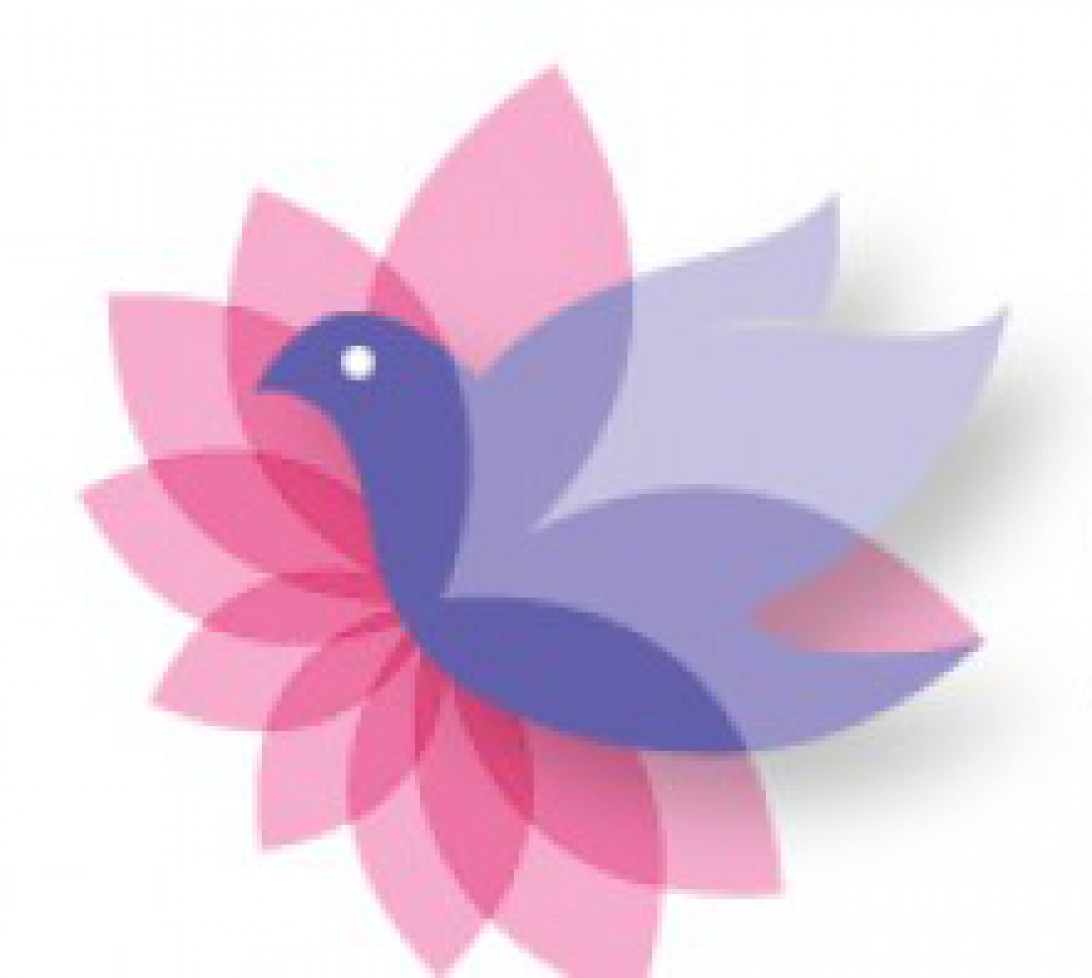Tag: #powerful
OM – The beginning of all creation.
Om is an ancient Sanskrit “word” that was first felt by rishis as they meditated. It was more about the essence of Om than the chanting of it. Eventually as the experience was shared the word came forth and people started chanting it to get the experience of it.
“The goal which all the Vedas declare, which all austerities aim at, and which men desire when they lead the life of continence … is Om. This syllable Om is indeed Brahman. Whosoever knows this syllable obtains all that he desires. This is the best support; this is the highest support. Whosoever knows this support is adored in the world of Brahma.”
~ Katha Upanishad I
did you know:
Om is an ancient sanskrit “word” that was first felt by rishis as they meditated. It was more about the essence of Om than the chanting of it. Eventually as the experience was shared the word came forth and people started chanting it to get the experience of it.
Om in Daily Life
Although Om symbolizes the most profound concepts of Hindu belief, it is in use daily. The Hindus begin their day or any work or a journey by uttering Om. The sacred symbol is often found at the head of letters, at the beginning of examination papers and so on. Many Hindus, as an expression of spiritual perfection, wear the sign of Om as a pendant. This symbol is enshrined in every Hindu temple premise or in some form or another on family shrines.
CHANTING OM
During meditation, when we chant Om, we create within ourselves a vibration that attunes sympathy with the cosmic vibration and we start thinking universally.Om is also considered the mother of the bija, or “seed” mantras — short, potent sounds that correlate to each chakra and fuel longer chants.
Be like a Dolphin

We need to learn to be like the Dolphins..graceful, powerful and compassionate.. Not letting all that is happening around us affect us so much..
We need to learn to embrace it all and learn to just ‘BE’.
Throughout history, humans have shared closer bonds with dolphins than with any other type of aquatic animal. People are drawn to dolphins for their intelligence, compassion, and playfulness, and dolphins seem to be just as powerfully drawn to human beings as humans are to them.
Love this quote:
“Humans think they are smarter than dolphins because we build cars and buildings and start wars etc…and all that dolphins do is swim in the water, eat fish and play around. Dolphins believe that they are smarter for exactly the same reasons.”
So what would you rather do? Build cars and buildings or just swim around and play? How about a balance of both?



